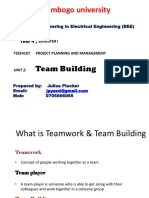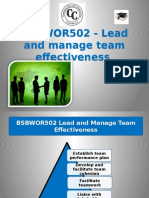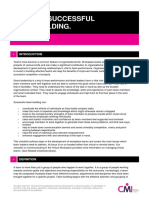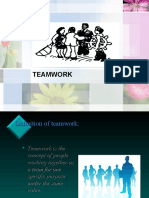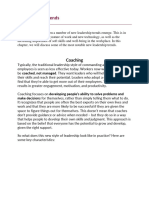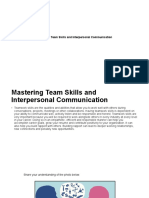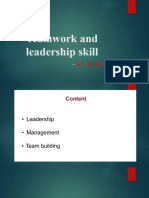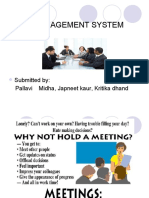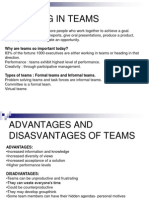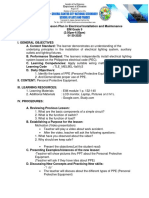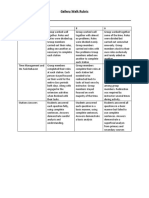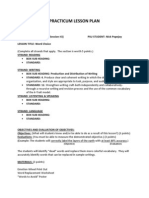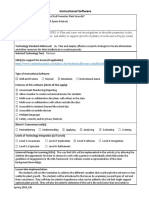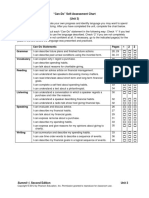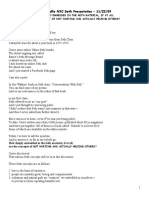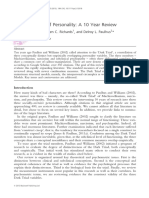0% found this document useful (0 votes)
13 views10 pagesSkill Development
The document outlines skill development for global managers, emphasizing understanding the global business environment, cultural contexts, and developing management skills. It covers time management challenges, effective communication, team dynamics, and conflict management within teams. Additionally, it discusses strategies for onboarding, setting goals, recognizing team members, and fostering creativity and innovation.
Uploaded by
Tài Anh NguyễnCopyright
© © All Rights Reserved
We take content rights seriously. If you suspect this is your content, claim it here.
Available Formats
Download as DOCX, PDF, TXT or read online on Scribd
0% found this document useful (0 votes)
13 views10 pagesSkill Development
The document outlines skill development for global managers, emphasizing understanding the global business environment, cultural contexts, and developing management skills. It covers time management challenges, effective communication, team dynamics, and conflict management within teams. Additionally, it discusses strategies for onboarding, setting goals, recognizing team members, and fostering creativity and innovation.
Uploaded by
Tài Anh NguyễnCopyright
© © All Rights Reserved
We take content rights seriously. If you suspect this is your content, claim it here.
Available Formats
Download as DOCX, PDF, TXT or read online on Scribd
/ 10













